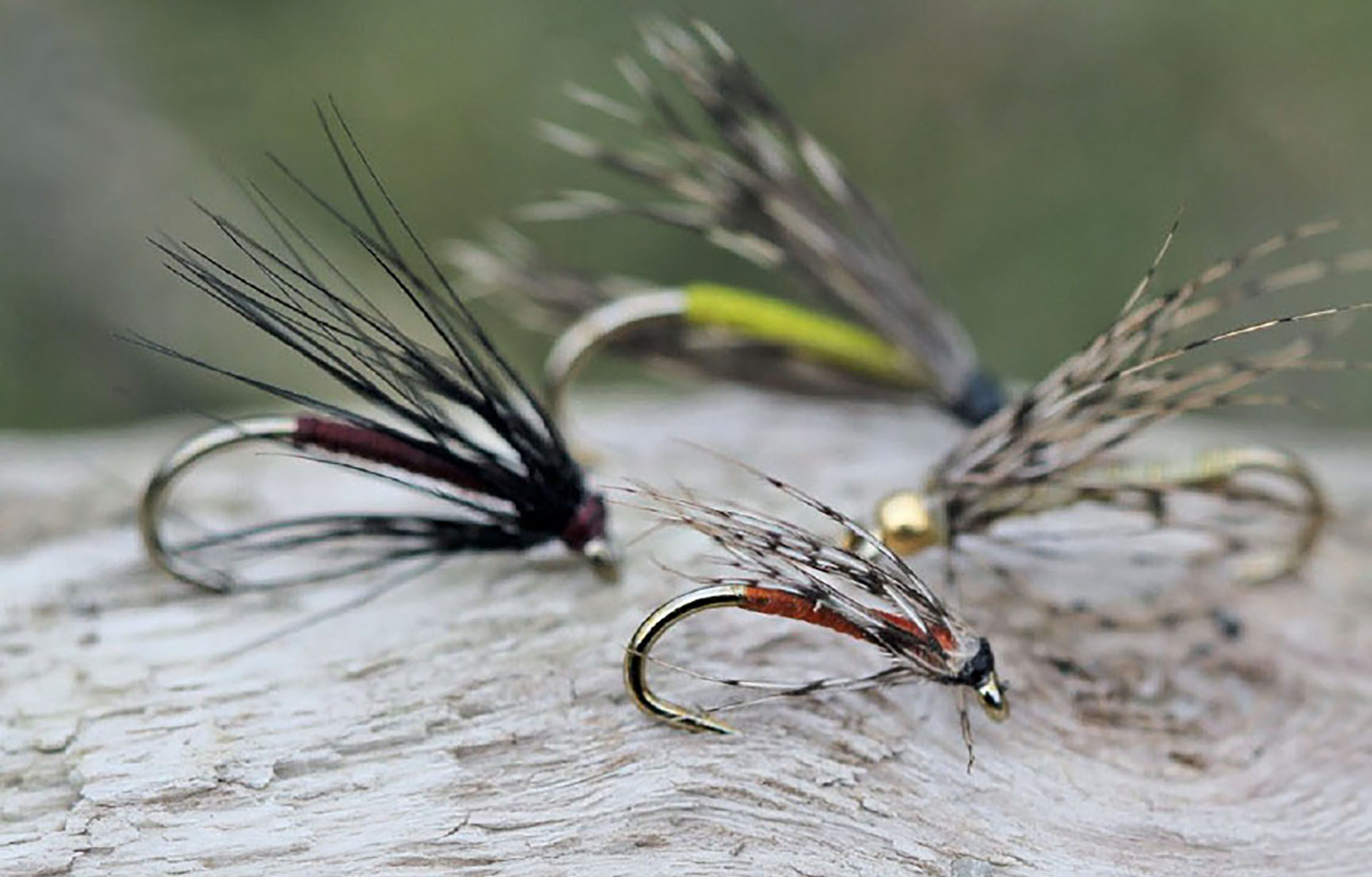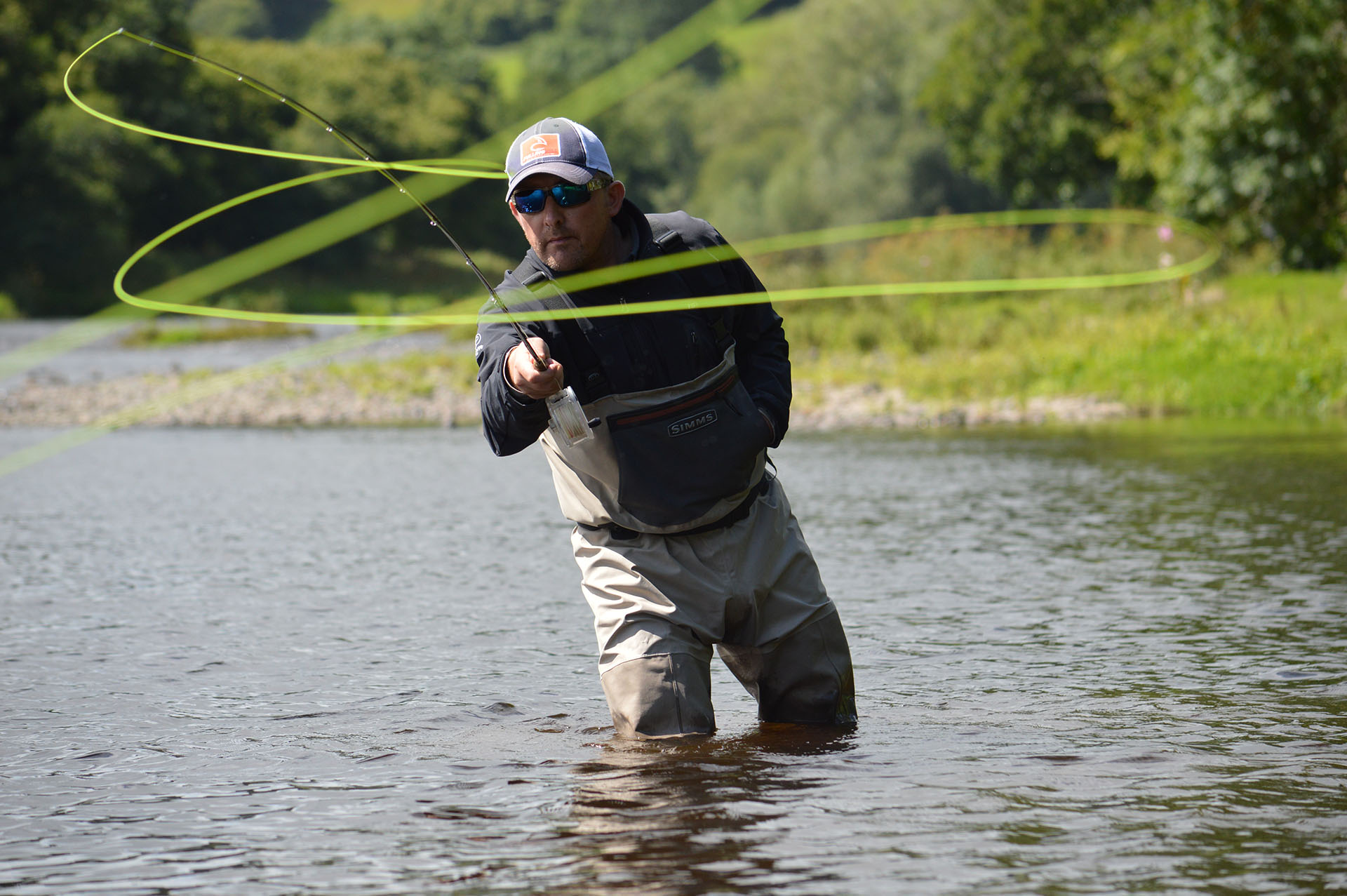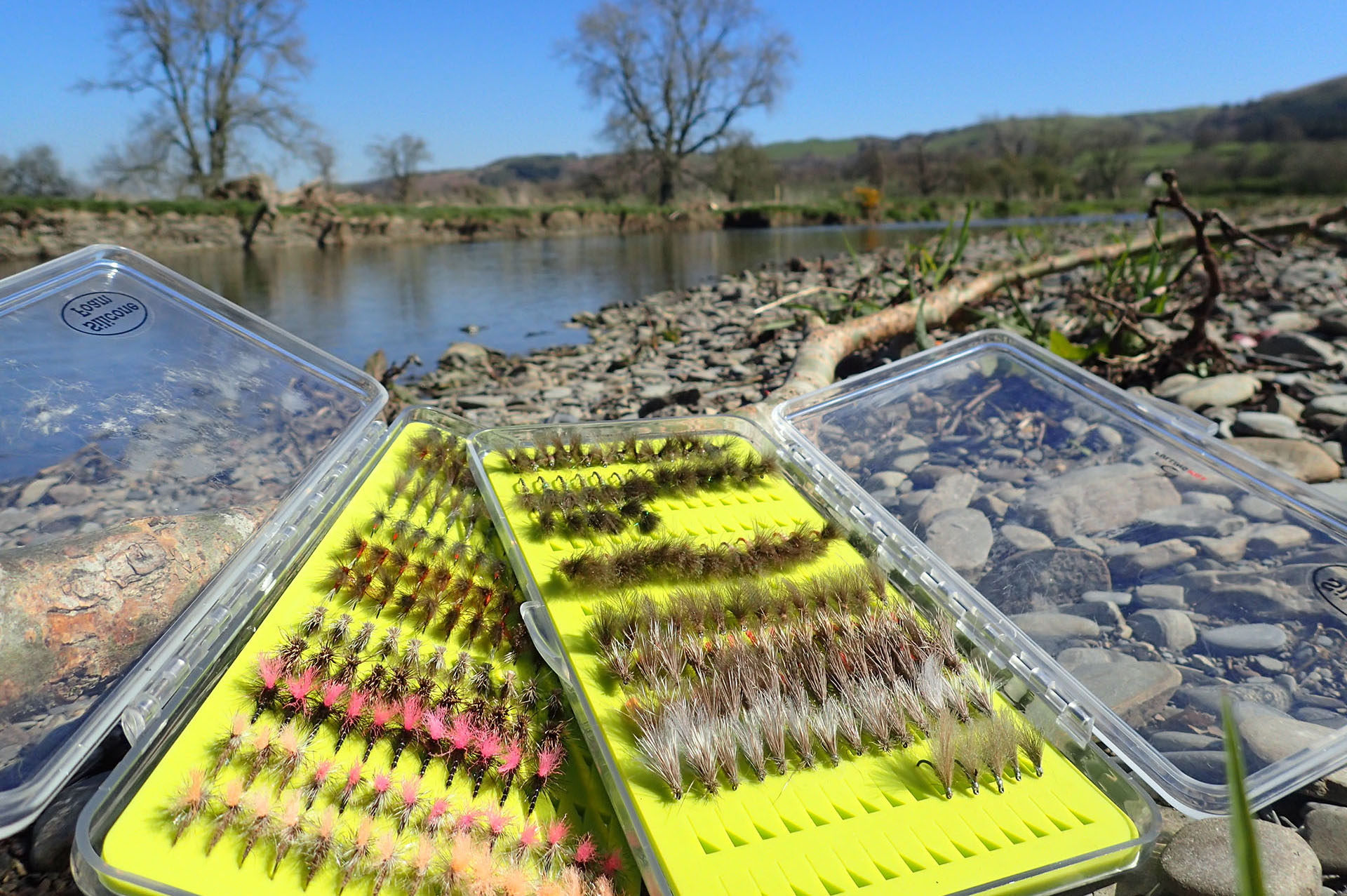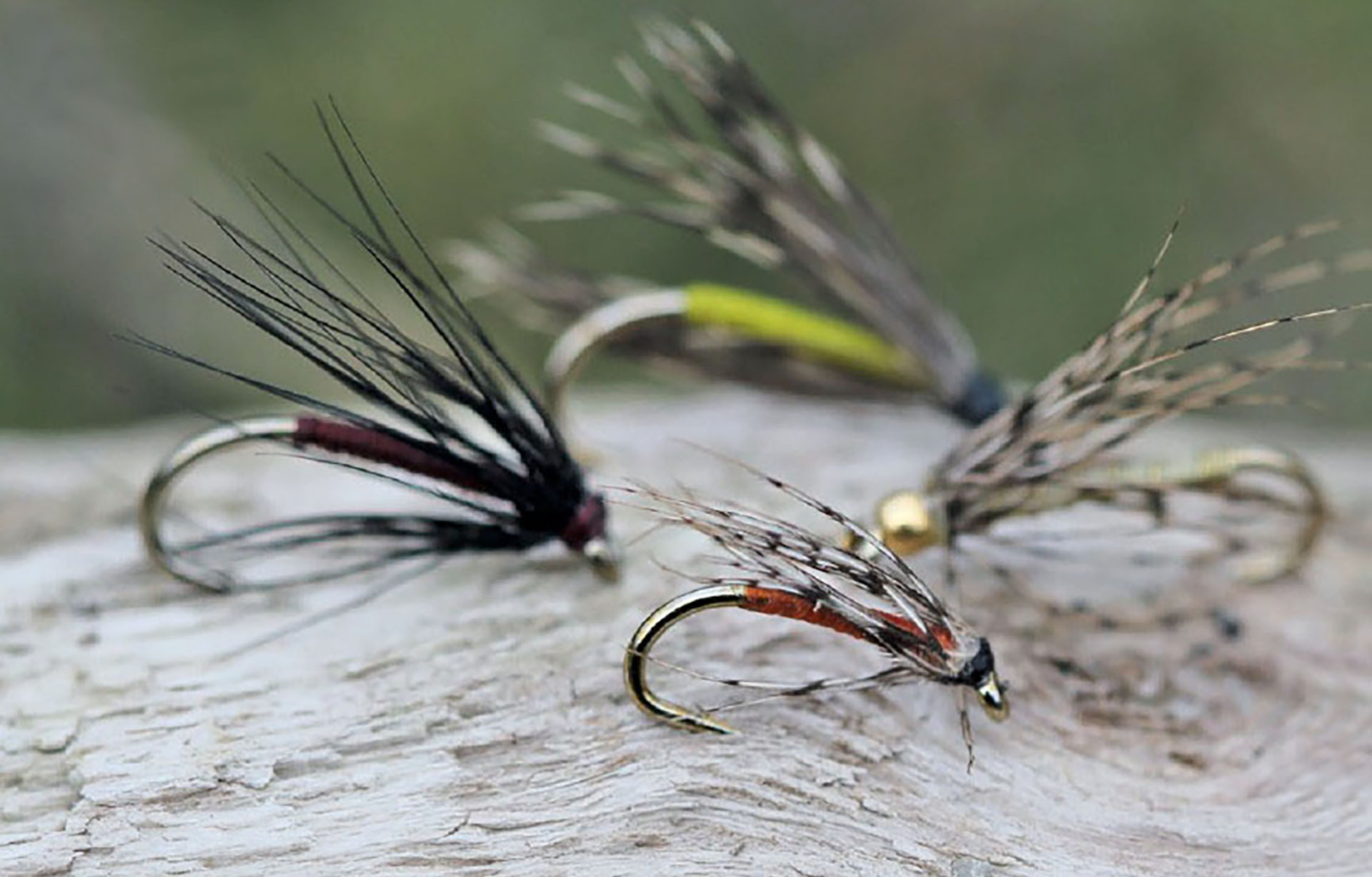
Source: GAIA Members Articles
Spider fishing
Spider fishing’s tradition goes back centuries. The origins of the simple north country spider wet fly pattern – often referred to as the ‘soft hackle’ fly – can be traced back to early 19th Century Yorkshire, when descriptions appeared in an 1807 manuscript by Ilkley farmer John Swarbrick. But it wasn’t until around a hundred years later that the document was eventually published. Shortly after the fly came to prominence in Thomas Evan Pritt’s 1885 publication of the classic “Yorkshire Trout Flies”, later renamed “North Country Flies”. The book gained instant popularity by providing fly patterns for each month through the season, how to fish them and when.

The history behind the method needs to be treated with respect and a “chuck it and chance it” approach will be largely unproductive. When executed properly spider fishing is a method both satisfying and effective in equal measure.

Fly rod and leader set up are all important in any one of these methods. Fly selection and presentation are key to targeting your quarry. A GAIA Instructor can help optimise your learning of these methods by eliminating bad habits before they take hold.



Learning good technique means you understand what’s going wrong and why, resulting in the abilty to self correct with ease.
If you would like a GAIA Instructor to help you put theory into practice, use Find An Instructor*to get in touch with your local GAIA instructor and have a chat about your requirements.

Source Article...
Last edited:








